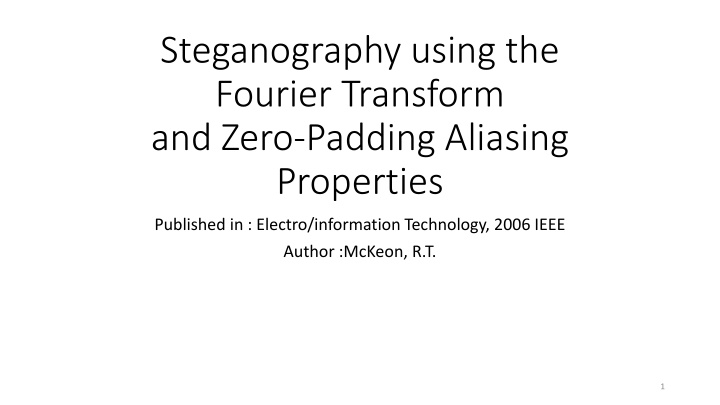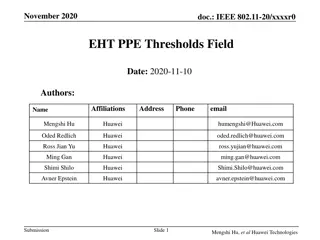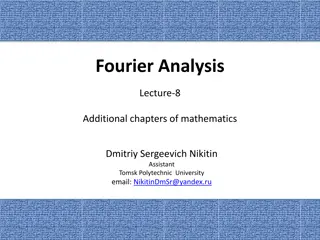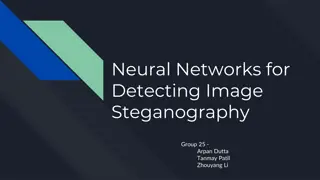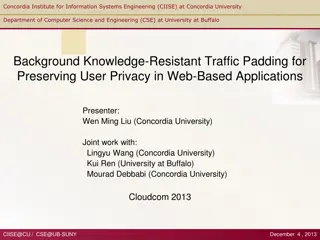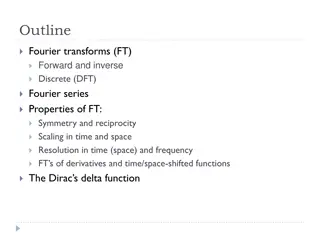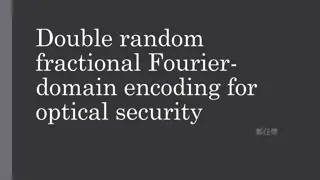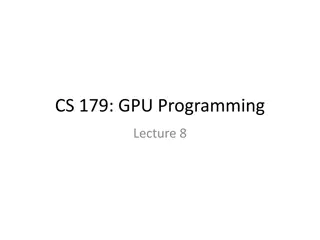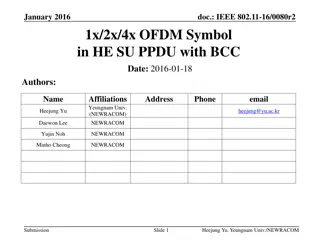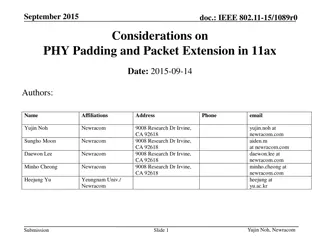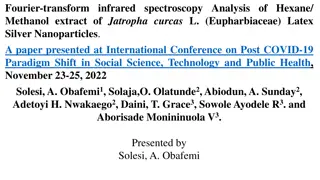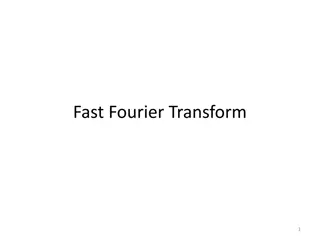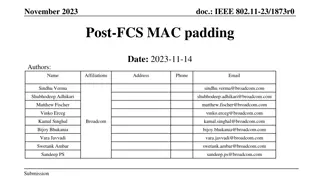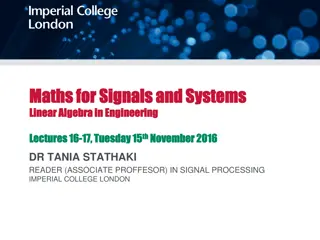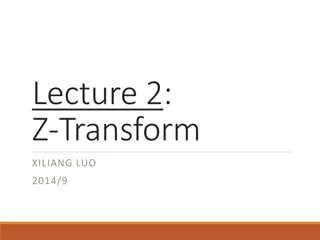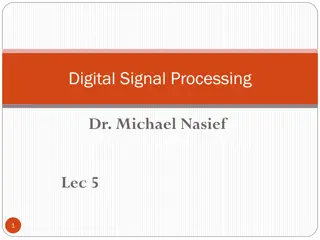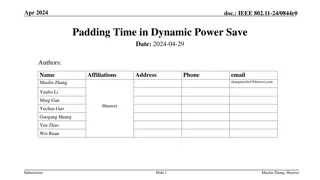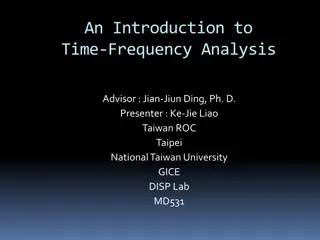Steganography Using Fourier Transform and Zero-Padding Alias Properties in Electro/Information Technology
This study explores steganography techniques utilizing the Fourier Transform and zero-padding aliasing properties, as published in Electro/Information Technology by R.T. McKeon in 2006. The research delves into Nyquist rate, padding, DFT characteristics, error analysis, data recovery, and the impact on image conversion. With insightful conclusions drawn, the paper highlights the efficacy of the approach with a low error percentage. References in telegraph transmission theory and digital image processing further support the findings.
Download Presentation

Please find below an Image/Link to download the presentation.
The content on the website is provided AS IS for your information and personal use only. It may not be sold, licensed, or shared on other websites without obtaining consent from the author.If you encounter any issues during the download, it is possible that the publisher has removed the file from their server.
You are allowed to download the files provided on this website for personal or commercial use, subject to the condition that they are used lawfully. All files are the property of their respective owners.
The content on the website is provided AS IS for your information and personal use only. It may not be sold, licensed, or shared on other websites without obtaining consent from the author.
E N D
Presentation Transcript
Steganography using the Fourier Transform and Zero-Padding Aliasing Properties Published in : Electro/information Technology, 2006 IEEE Author :McKeon, R.T. 1
outline Nyquist rate Padding Result Conclusion Reference 2
Nyquist rate fs> 2B 3
Padding 4
DFT 75% is zero 5
Result The first row was changed of the DFT to a single value ranging from I until 100 to examine the effects of converting the image back using the inverse DFT, the DFT was again applied, and those places where the values were changed, were examined to see how much the values changed. The percent error for the difference between the resultingdata was around 5.149 x 10 13 %. All the data could be recovered within an error percentage of 3.5% . 6
conclusion DFT 75% 0 PVD 7
reference HC N 1st, Certain topics in telegraphtans smission theory," Trans. AIEE, Vol. 47, pp. 617-644, Apr. 1928. Gonzalez, Rafael C. and Woods, Richard E. Digital Image Processing, Second Edition. (C 2002, Prentice Hall Upper Sadde River, New Jersey. Pages 199-205. 8
